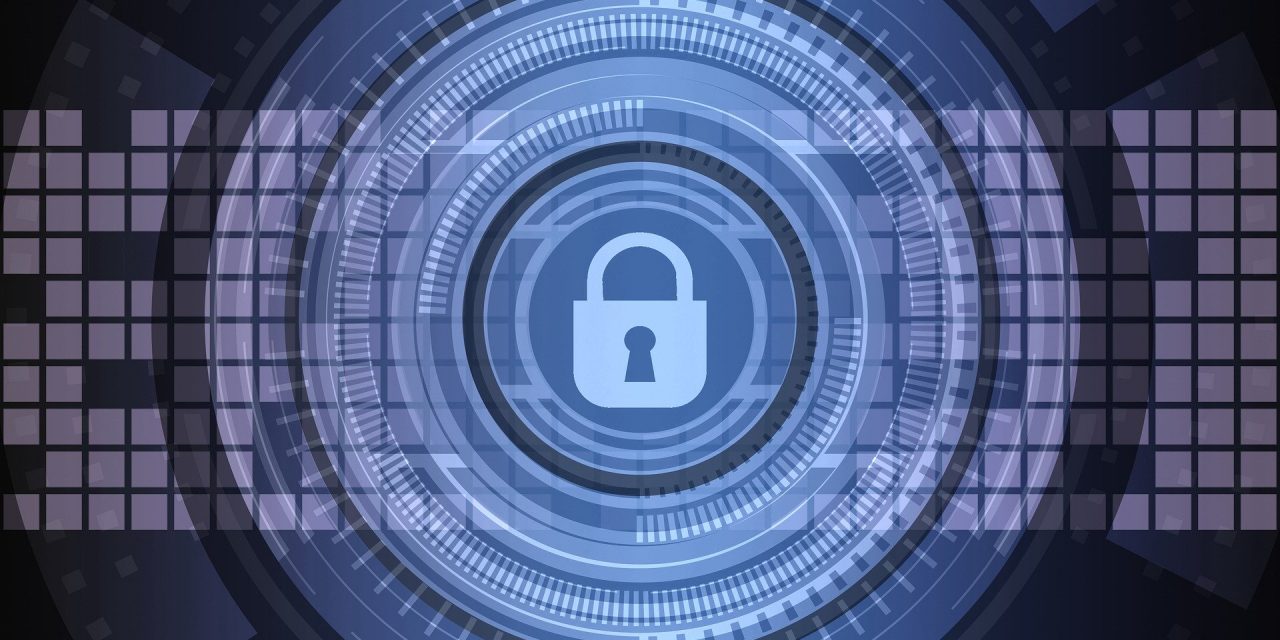A school is a place that students consider as their second home. Students should feel safe and nurtured, and not have to worry about their safety when they should be focusing on studies. However, in the past decade, there have been many incidents of school shootings and other criminal acts. Many of the incidents are not only related to physical security, but also involve cyber harassment incidences as well. Hence, school administrations are left with no choice but to implement new ways to improve their security. Apart from other measures, Educational Technology can play a vital role in improving school security.
Let’s look at some of the ways EdTech can be used to increase school security.
- Personal Security Apps
Students nowadays, especially in bigger classes, have access to mobile devices. Phone can be a good means for students to let them report an incident; or for administrators to share important safety information with the staff and students. Some schools and colleges have also implemented “blue light button” apps that that enable them to inform security personnel about their location and other details if they are in an unsafe situation.
- Smart Security Cameras
Old school cameras should be replaced with IP-enabled cameras on school campuses to increase the response time in situation of crisis. These devices provide effective imaging and better resolution, thus making them more convenient in investigating and detecting incidents.
- Access Control
With the help of smart cards, you can now limit access to school buildings. A smart card is embedded with a computer chip which allows only the card holder such as faculty and students to access a building. Not only does it help to control who can access a building, it can also secure entrance doors and lock them down if necessary. For school visitors, a visitor management system can help check their identity against any criminal records before allowing them access.
- Digital Signage and Desktop Alerts
Not all schools allow students to carry cell phones to the campus. Similarly, many schools may not have wireless internet services. In such a case, we can implement technologies like AlertUs Desktop, which notifies desktop computers in the network if there is any need to alert the users. Additionally, digital signs that are used for displaying lunch menus or upcoming events can also be used to broadcast alert messages in case of an emergency.
- Apps for Anonymous Reporting
Many a times, a victim of harassment may not want to disclose their identity and alert the authorities of a potential future incident. For such cases, there are many authentic apps on Android and iOS devices that allow its users to report any harassment or bullying incident to the administration anonymously, without fearing retribution.
- Panic Buttons
Many technology innovators have released panic buttons as wearable devices, which a teacher or staff member can wear or keep in a pocket during the school hours. In case of a threat, they can press the button to instantly alert security authorities.
- Mass Messaging Service
A mass texting service is already in use by many of the schools for notifying staff and students about various events. These message broadcasting services can also be used for distributing reminder or notification about potential threats to the school.
- Cybersecurity Protocols
Implementing all these devices and technologies will help in physical security of the students. But what about protecting the technology itself? To ensure that our security mechanisms are in place, proper cybersecurity measures are required. For instance, surveillance cameras and smart identity cards require controls designed to recognize and stop hacking threats. Furthermore, school networks must have updated firewall protection to keep away from bad actors.
In uncertain times like today, it’s imperative for school authorities to take proactive measures by embracing new technology and ensuring the protection and safety of their children.

About The Author
David Smith is a Report Certified Information Systems Security Professional (CISSP) specialized in Network and IoT Security and has spent most of his career in the APAC region, though he recently relocated from Shenzhen to San Francisco to be closer to his family.

























